Keep calm and make a splash.
When the dog days of summer cause temperature gauges to spike, you may be looking for a way to cool down—and quick. However, if you are one of the 82.7% of the U.S. population living in an urban area, a dip in a lake or river may mean hours spent in the car. Staying inside is an option, but running the A/C full-time is not always sustainable either—and while no one wants to miss out on a nice summer day, playing outside in the heat without respite can be downright hazardous.
Communities that once flocked to municipal pools are now enjoying the latest and greatest in cool-down recreation: splash pads. Indeed, splash pads are popping up all over the country as fun, accessible, cost-effective alternatives to pool life.
Pool mania drying up.
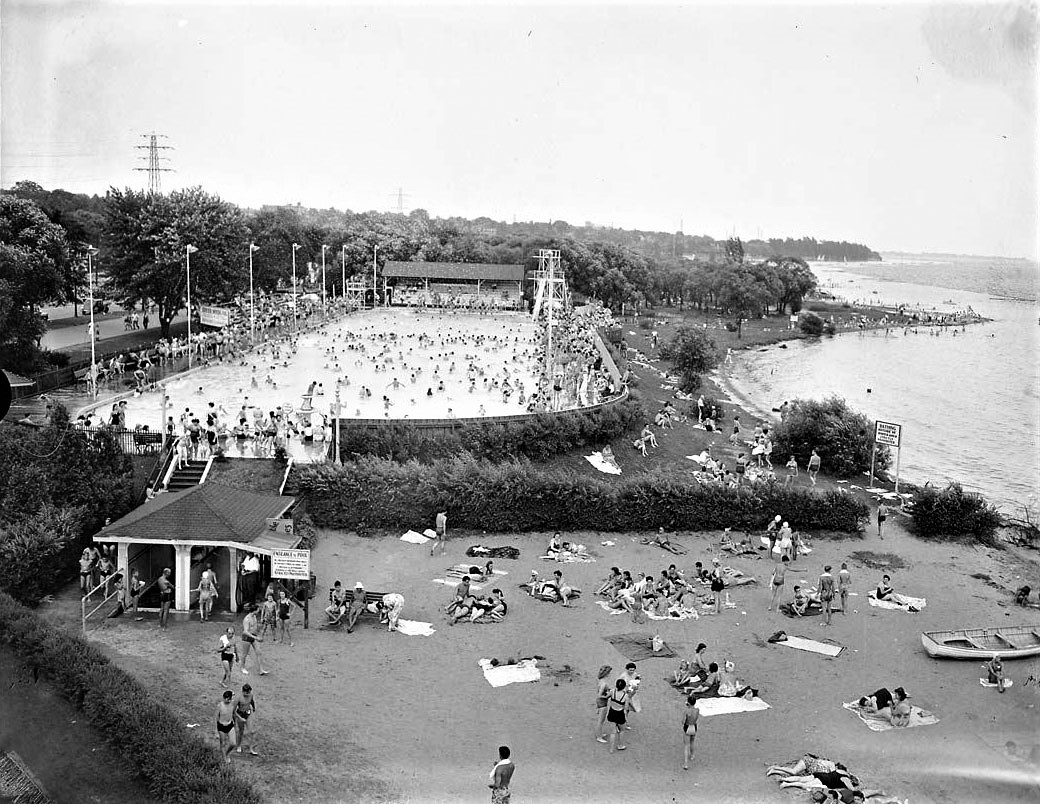
The public pool craze began in the 1920s and 1930s. Thousands of oversized, resort-like pools opened across the nation and attracted millions of swimmers. At the time, going to the pool was equally as popular as going to the movies, and soon—pool life became a new cultural emblem, representative of a glamorous and distinctly modern life. Thousands of these concrete hollows were built and filled to keep up with the rapidly-growing interest. In the ‘50s, while some citizens shifted preference toward private backyard retreats, plenty of others continued to congregate en masse, with the public pool scene playing an important role in helping to break down social, racial and economic barriers of the time.
While community pools can be fantastic community-gathering hubs, they’re not a one-size-fits-all approach to aquatics. Your community has a number of options to consider.
Enter: splash pads.
The splash pad alternative: safe, sustainable, accessible.
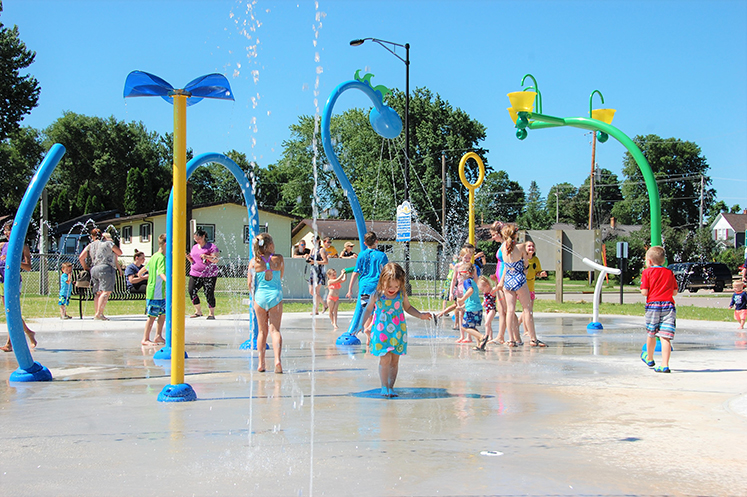
So, what are splash pads and how are they revolutionizing the neighborhood aquatic culture?
Safe.
Splash pads are interactive “spraygrounds” that pretty much check all the boxes of a fun and all-inclusive gathering place. For starters, they’re much safer than pools. Nozzles on the ground spray water upwards from the splash pad deck or from decorative, playful, shower-style features—all triggered by motion sensors. With little or no standing water, there is essentially zero chance of drowning and no need to have swimming skills or a lifeguard on duty. Typically, the water is either fresh water, or treated recycled water that meets regulatory safety standards. Splash pad decks are also generally textured or surfaced with non-slip materials in order to reduce slipping and prevent injuries.
Sustainable.
Splash pads are also more environmentally sound and help to conserve water. Water is stored in underground tanks and propelled upward by hyper-efficient jets. It can then be recycled and pumped back through the water features or utilized for other purposes such as watering plants and trees. Motion or hand-activated sensors turn the features on automatically and they only stay running for a limited amount of time, drastically reducing water usage. Splash pads are a smart solution for communities of all sizes as well as drought-sensitive areas and locations with limited natural resources.
Accessible.
Last, but not least, splash pads are accessible to all—whatever your age or mobility level. Those in wheelchairs or utilizing assisted devices can easily transport themselves into the splash park and enjoy all the features. Babies in strollers can enjoy a cooling mist without ever leaving their seats. Young, old, water-loving or water-cautious, splash pads provide low-risk, easy entertainment for everyone. These are truly come-as-you-are places of play.
A glimpse into MSA Splash Pad Projects.
The Town of Rome, Wisconsin (learn more here!)
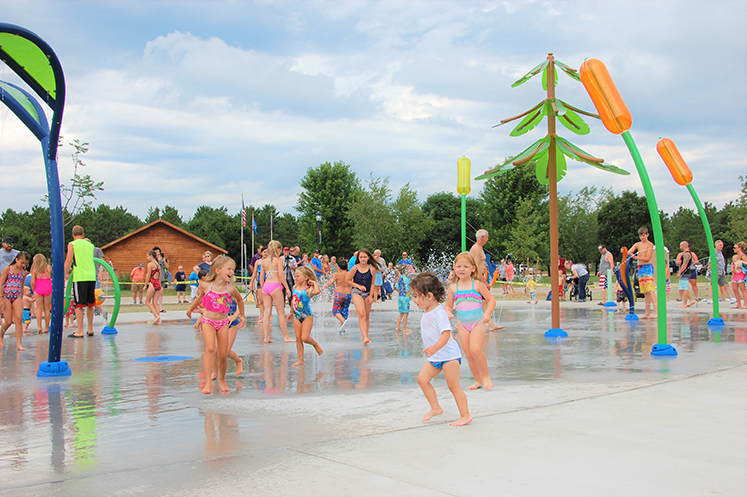
The Town of Rome celebrated the grand opening of their new splash pad on July 13, 2018. Already, local adults are teasing about having the splash pad to themselves when the kiddos head back to school! Rome’s splash pad is located in the Alpine Village Business Park and has a unique wilderness theme with spray features that resemble tall spruce trees and cattails, leaves and flowers. MSA contributed design engineering to this project, creating the overall layout of the park—Phase I of a broader master plan.
The City of Mauston, Wisconsin (learn more here!)
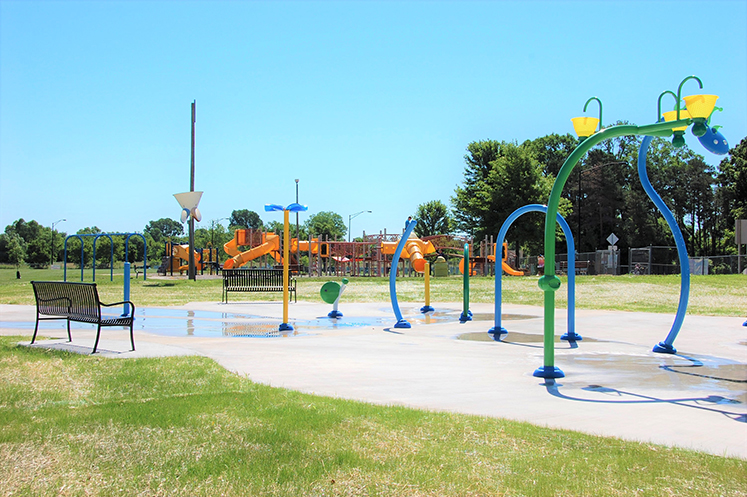
The City of Mauston cut the ribbon and celebrated the opening of their new community splash pad on July 2, 2018. Timing couldn’t have been better, with local temperatures nearing 90 degrees as community members gathered at Lions Park, established by the Lions Club nearly 40 years ago. Overhanging water buckets now sit poised and ready to cool the unsuspecting passer-by, spraying organic features take on the appearance of bugs, flowers and propellers, interactive water cannons and mild ground sprays enliven visitors of all ages, from the very young to the elderly, all now recurring guests of the refreshed City park.
The City of Champaign, Illinois (learn more here!)
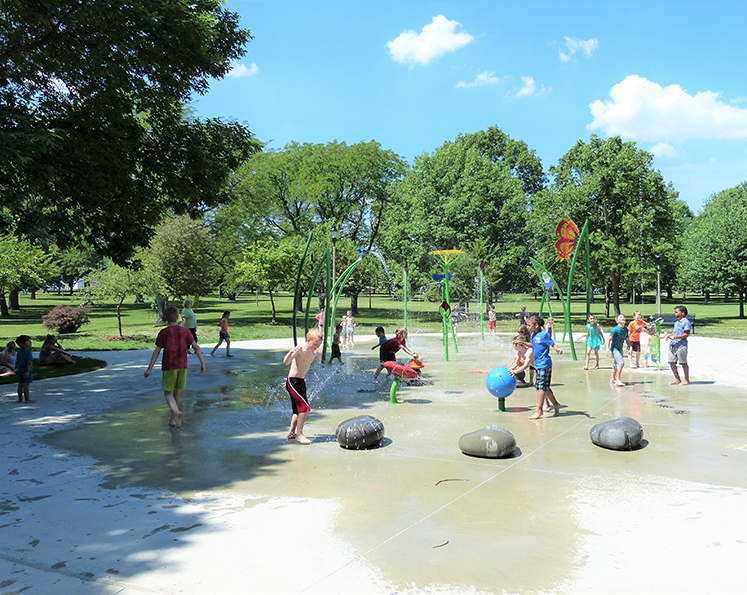
Hessel Park in Champaign recently celebrated its 100th birthday and marked the occasion with the grand opening of a new park splash pad on June 2, 2018. MSA provided professional engineering, surveying, topographic studies and architectural services in order to design and construct a new splash pad and improve existing restrooms. With a simple wave of a hand or kick of a foot, the “sprayground” comes alive with ground spray rocks, snails and ladybugs, as well as flower, butterfly and dragonfly fountains. Hessel Park continues to celebrate its legacy while building a new one—drawing in the new, luring back the old—and keeping the community cool and vibrant in between.
The City of Asbury, Iowa (learn more here!)
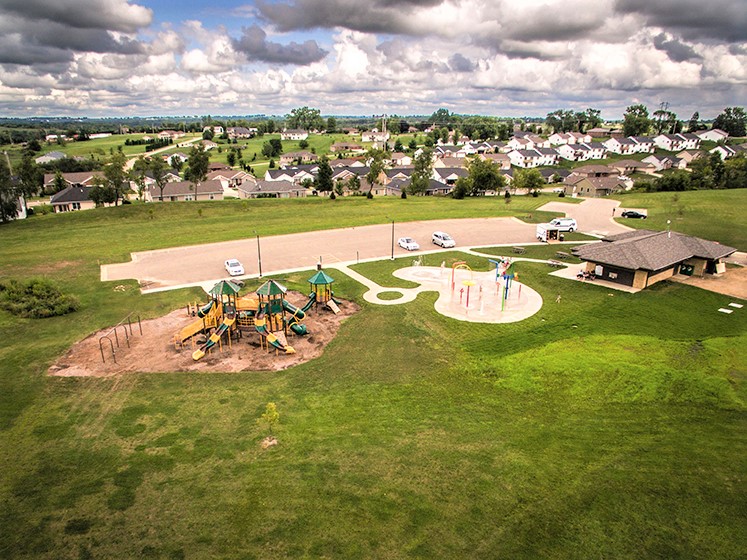
Cloie Creek Park in Asbury also recently celebrated the inauguration of their new MSA-designed splash pad, which opened on May 27, 2018. Until recently, all residents and guests in Asbury flocked to one primary park. With the acquisition of nearly 30 acres of land, the Asbury City Council set to work on a broader park plan, including a new community splash pad. The splash pad area, spanning nearly 4,500 square feet, includes 14 in-ground and above-ground spray features, incorporating a re-circulating system that draws from two 1,500-gallon reservoir tanks to reduce water usage and limit downstream wastewater contributions. The splash pad is part of a larger, overarching park project that will include a baseball field, paved trails, mountain bike courses, sport courts and natural areas—something for everyone in this quaint Dubuque suburb.
The City of Wisconsin Rapids, Wisconsin (learn more here!)
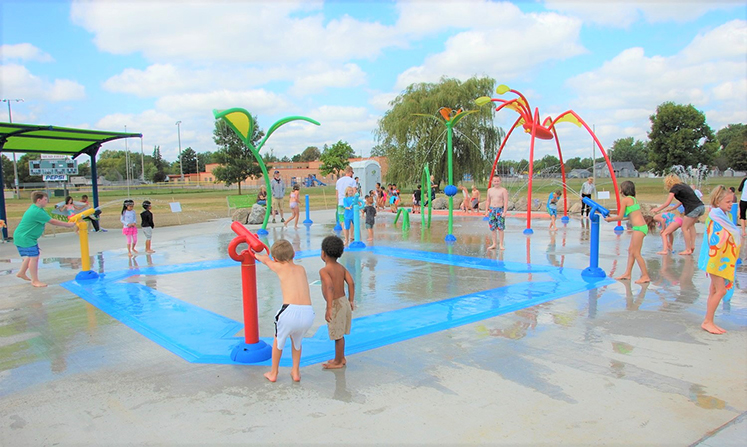
Mead Field in Wisconsin Rapids is thoroughly enjoying their first full summer with an MSA-designed splash pad! Themed with large boulders to mimic the surrounding Wisconsin River valley, the splash pad also includes multiple shade structures, a water journey channel, giant water spider and a custom-developed game with four water cannons and geysers—all with interactive elements to encourage team play and creativity. The splash pad creatively incorporates a pass-through water storage vessel that reuses a portion of the splash park water for drip irrigation of nearby planting beds. MSA prepared this as part of a multi-phased master plan for the City and incorporated feedback from local students. Truly a cooperative effort by—and for—the residents of Wisconsin Rapids.
